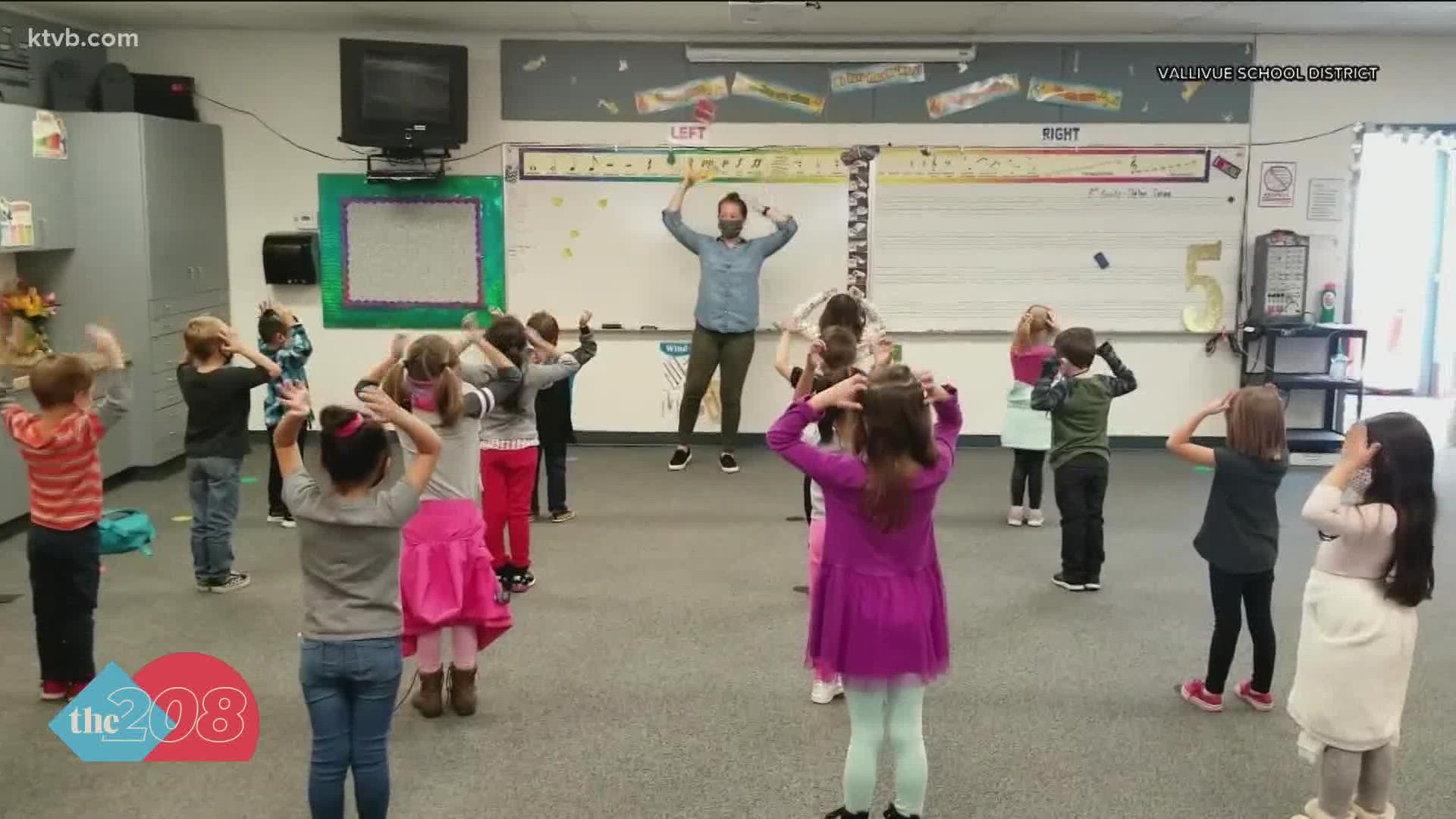BOISE, Idaho — Coming out of the Idaho legislative session, Governor Little and lawmakers touted legislation that aimed to improve health insurance for K-12 employees. The idea is to get eligible public-school employees on the same level of health insurance as state employees. The newly signed law sends about $4,100 more per state-funded employee to districts for insurance. House Bill 443 was celebrated when it was signed into law, but as school districts are doing the math on costs, some find the program might not work for their district.
“We're still kind of looking to see exactly how what we want to do with that,” said Randy Dewey, Director of Finance for the Nampa School District.
Like other school district finance heads, Dewey is doing the math on what the cost of the new program would be compared to the current health insurance Nampa Schools has. Based on new funding numbers from state and federal funds, Dewey says it appears that Nampa would still need about $1 Million in one-time costs in addition to $600k-$800k annually to maintain the insurance program. Dewey says right now the task is working through the numbers and options to find enough money to make the jump.
“Right now, I just started trying to do the math, we're just barely into that in our budget world. The legislature you know, throwing us curveballs here and there we're trying to work through that. But other than that, once we finalize revenues, make sure we're good there, and finalize expenses, we can kind of go back and say, is this something we want to do or not,” Dewey said.
The money school districts need to make up to join the plan can be attributed to paying for health insurance for employees that are not funded by state distributed dollars. The state distributes funds, or units, to each district based on an existing formula. That formula does not include employees that are paid for by money outside of the state allocation. An example, if a school district uses federal dollars available to them to create a new position, that position is not accounted for in the new program in terms of paying that position's insurance. Meaning, that districts need to make up insurance costs for those employees.
Nampa is not alone in figuring out the financial future. A spokesperson from the Kuna school district said that the district's insurance committee and negotiations team researched joining the state plan based on the new funds. They said in a statement: “The committee's research showed that the cost to switch would exceed the new money available.”
Kuna is set to get $1.1 million from the newly signed bill, based on the number of state-funded positions the district has. It will be a different allocation based on staffing levels. A spokesperson said: “While the $1.1 million won't fund a shift to the state's plan, it will help improve our health insurance plan. We've surveyed our employees about what improvements they'd like to see and our negotiations team and insurance committee are working on it. It should be finalized later this spring.”
The district adds that they appreciate the bill sponsor, Rep. Rod Furniss, going out to Kuna to answer questions about the plan before it became law. They say he identified a possible fix should he return to the Legislature next year.
To be clear, districts that don’t move to the state plan still get funds to lower insurance costs for their employees.
“Super ecstatic that they gave us this money. I mean, even if we don't go to the state plan, we're going to use it, all of it's going to go towards insurance. So, we'll either bring it on our own plan or we're going to try to go to this plan,” Dewey said.
Dewey said the goal is to join the state plan, but the math of it all will ultimately decide if the district can afford it.
“It's an amazing amount of money that the legislators and the governors put towards this and it is fantastic for all of our employees, not just our teachers. And we were super excited to have it. It's just now what we don't want to do is put ourselves in jeopardy of not being able to pay for it in the future, because once we go in, we're kind of obligated at that time,” Dewey said.
Join 'The 208' conversation:
- Text us at (208) 321-5614
- E-mail us at the208@ktvb.com
- Join our The 208 Facebook group: https://www.facebook.com/groups/the208KTVB/
- Follow us on Twitter: @the208KTVB or tweet #the208 and #SoIdaho
- Follow us on Instagram: @the208KTVB
- Bookmark our landing page: /the-208
- Still reading this list? We're on YouTube, too:

